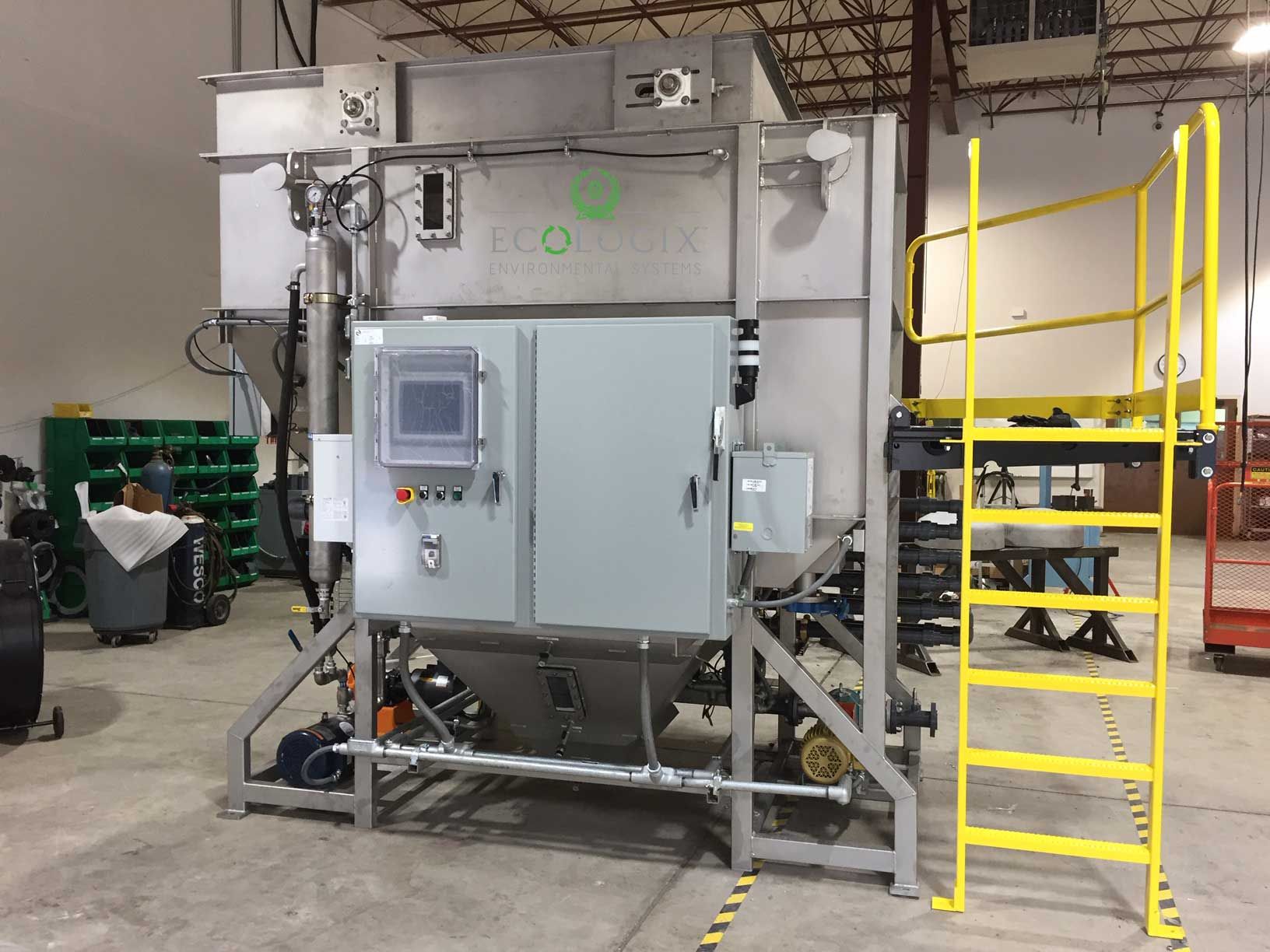Ice Cream Factory Wastewater Treatment
Solution for Wastewater Treatment for an Ice Cream Factory located in Florida, USA.
The Problem
The ice cream plant's processes created excessive fats, oils, and grease (FOG). Although they already had a biological treatment system in place, it was outdated and undersized for the scale of their operation, leading to additional problems.
Not only was their wastewater system producing offensive odors that caused neighboring businesses to complain, but the FOGs in their wastewater created a problem for the county's lift stations, where wastewater is pumped to treatment facilities. As a result, the county gave them a 6-month time frame to solve the problem, after which the creamery would be shut down for failure to comply.
The Requirements
- The level of fats in the ice cream plant's wastewater needed to be reduced to allowable standards mandated by the local county.
- The plant required assistance with the permitting of their new wastewater treatment system with the county authorities. Without the new permit, the plant would not be able to operate its new treatment system.
- Offensive odors produced by the biological treatment system also need to be eliminated.
The Solution
Ecologix assessed the situation and designed a plan to help the creamery upgrade their system and come into compliance within the time frame outlined by the county. First, they needed proper permits to construct and operate a new wastewater system, which Ecologix helped them to obtain.
From there, Ecologix worked with the client to create a feasible solution, starting with designing a state-of-the-art physical and chemical treatment system suitable for their needs. This was followed by the fabrication and installation of an entirely new system, including equalization and chemical reaction tanks, a dissolved air flotation system (DAF), and sludge dewatering.

A New Outlook
The new equipment was designed to continuously remove free floating fats, reduce suspended solids, and reduce FOG levels. Following the demolition of the old system and the introduction of the new system, FOG levels dropped from approximately 1,290 mg/L to under 10 mg/L; levels of total suspended solids (TSS) were reduced by an astonishing 99%; and biochemical oxygen demand (BOD) dropped by nearly 45%.
With only the implementation of this new primary system, the creamery was able to meet its goals within the imposed 6-month window, and their plans to incorporate secondary and tertiary systems will do even more. This client's partnership with Ecologix not only allowed them to improve operations and neighbor relations, but it brought them into compliance with the county, keeping their doors open in the process

Initial (Pre-Treatment) influent composition results
| Test Method | Analyte Name | Result | Units | Det. Limit | Analysis Date |
|---|---|---|---|---|---|
| EPA160.2 | Total Suspended Solids | 1940 | mg/L | 2 | 2 Apr 2015 |
| EPA1664 | Oil & Grease | 1290 | mg/L | 3 | 7 Apr 2015 |
| EPA405.1 | Biological Oxygen Demand | 6190 | mg/L | 1 | 2 Apr 2015 |
Post-Treatment effluent composition results
| Test Method | Analyte Name | Result | Units | Det. Limit | Analysis Date |
|---|---|---|---|---|---|
| EPA160.2 | Total Suspended Solids | 6 | mg/L | 2 | 2 Apr 2015 |
| EPA1664 | Oil & Grease | 8 | mg/L | 3 | 7 Apr 2015 |
| EPA405.1 | Biological Oxygen Demand | 3560 | mg/L | 1 | 2 Apr 2015 |
If your facility requires an upgrade or replacement of existing equipment, consider Ecologix www.ecologixsystems.com , as your one-stop provider for wastewater treatment systems, including, engineering design, fabrication, installation and startup. For additional information Call (678) 514-2100.